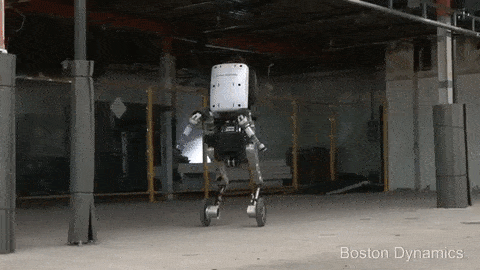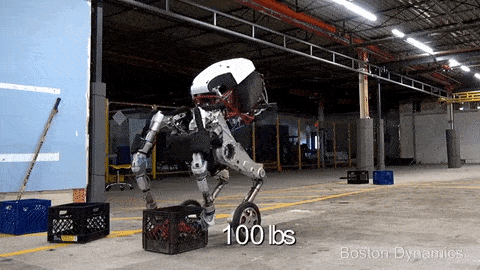Last year, Boston Dynamics unveiled the most advanced humanoid robot ever: the Atlas. It weighs 180 pounds and performs many motor tasks that were not too long ago reserved for humans only. Its network of hydraulic actuators and artificial intelligence enables Atlas to basically walk on almost any type of terrain, from indoors to rugged outdoors. It’s also very sturdy, being able to fall down and get up by itself pretty easily, as Boston Dynamics researchers were so keen to prove.
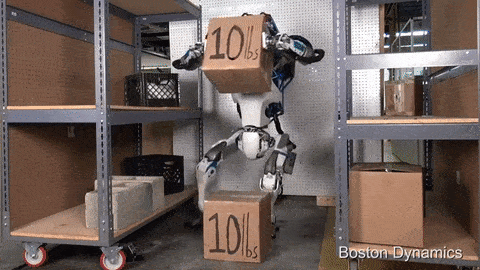
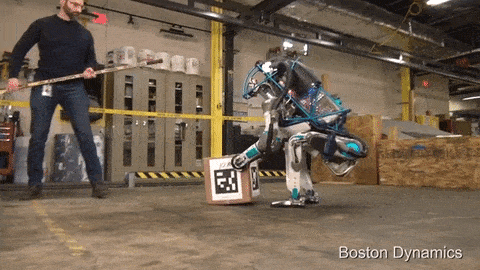
Remember these scenes when Skynet becomes conscious.
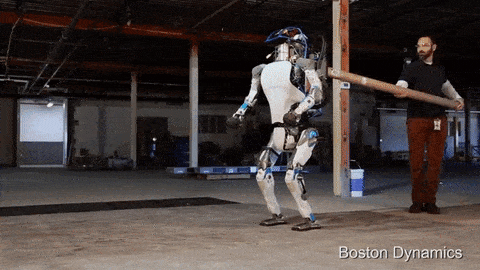
Now, the same lab is ready to show off its new model. It’s called ‘Handle’, an R&D wheel-leg hybrid which is supposed to have the best of both worlds.
In many respects, it’s like an Atlas on wheels, sharing the same fine balance control with the added bonus that it can do a lot of new things. For instance, Handle has a much larger autonomy being able to run 24 kilometers on a single charge — much more than you’d be able to cover on bipedal locomotion alone.

Because it uses wheels, Handle is also counter-intuitively less complex because these reduce the number of degrees of freedom. And like Atlas, Handle can carry heavy loads, like 45-kilogram crates.
Handle can effortlessly switch between legs or wheels to suit its environment. For instance, if faced with rugged terrain, Handle can sacrifice speed for stability by retracting the wheels to move solely with the legs.
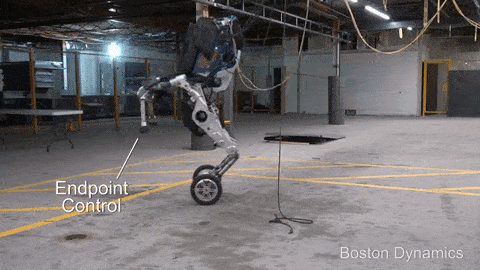
“Wheels are a great invention. But wheels work best on flat surfaces and legs can go anywhere. By combining wheels and legs, Handle can have the best of both worlds,” Marc Raibert, founder and president of Boston Dynamics, told IEEE Spectrum.


